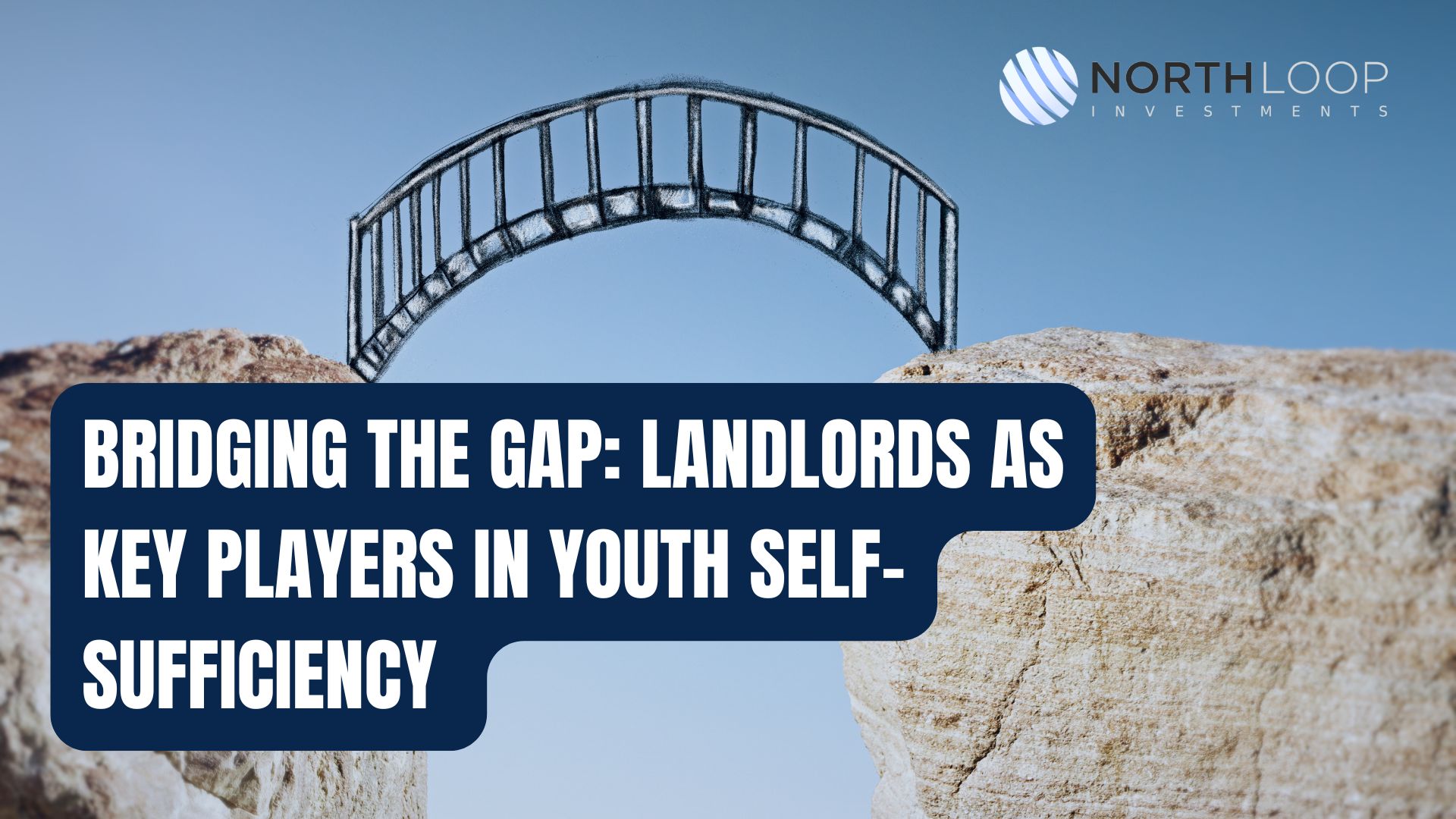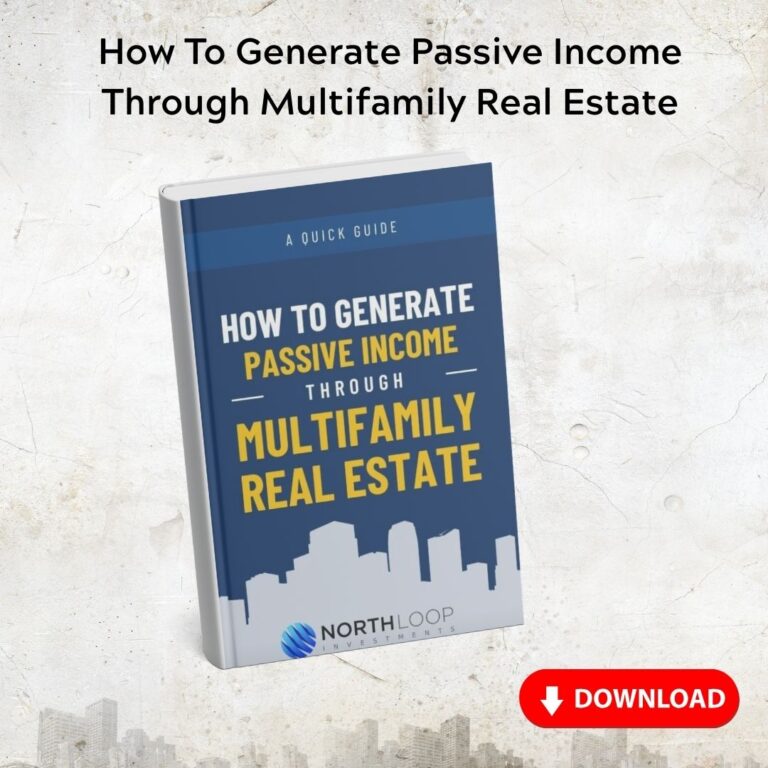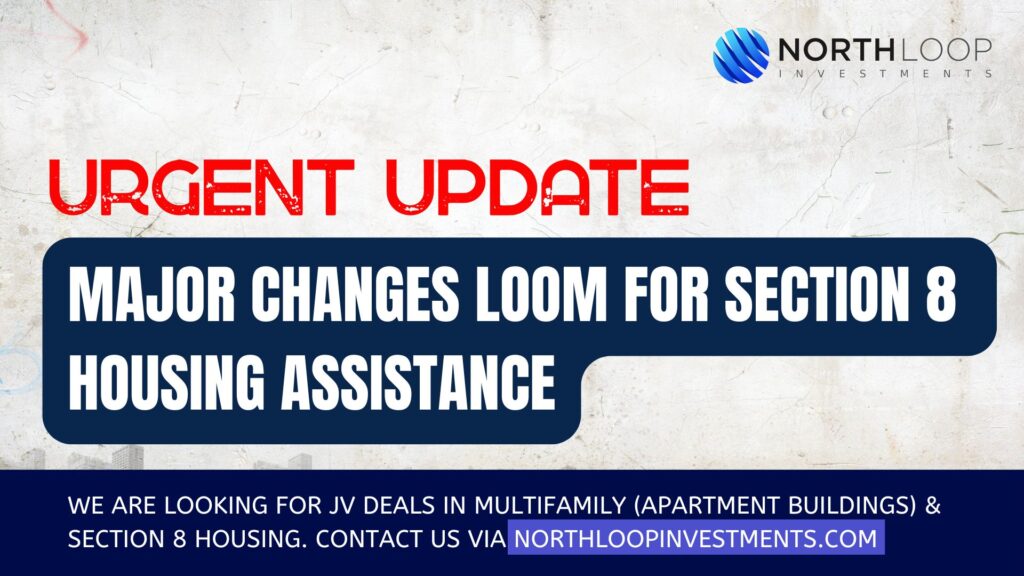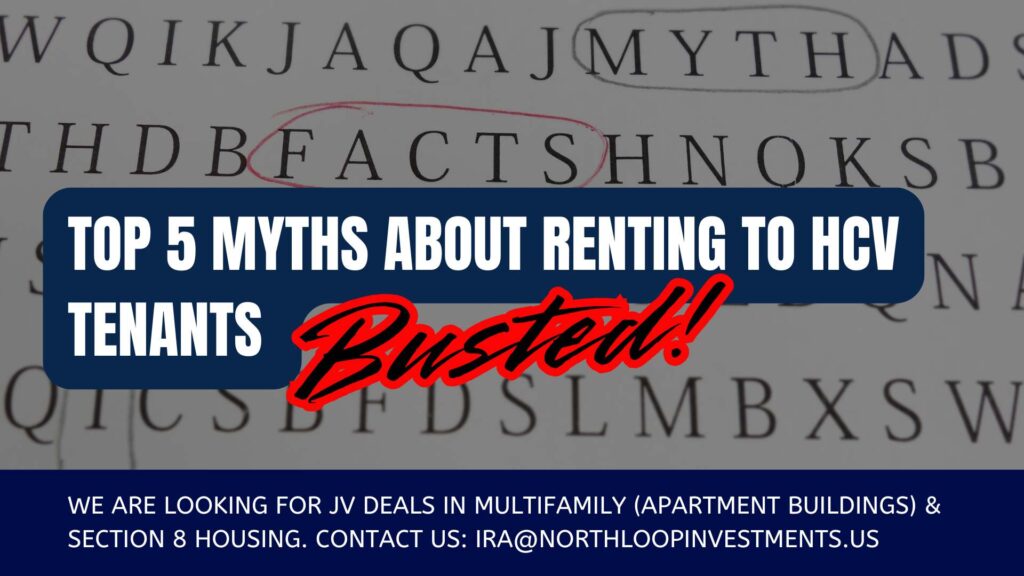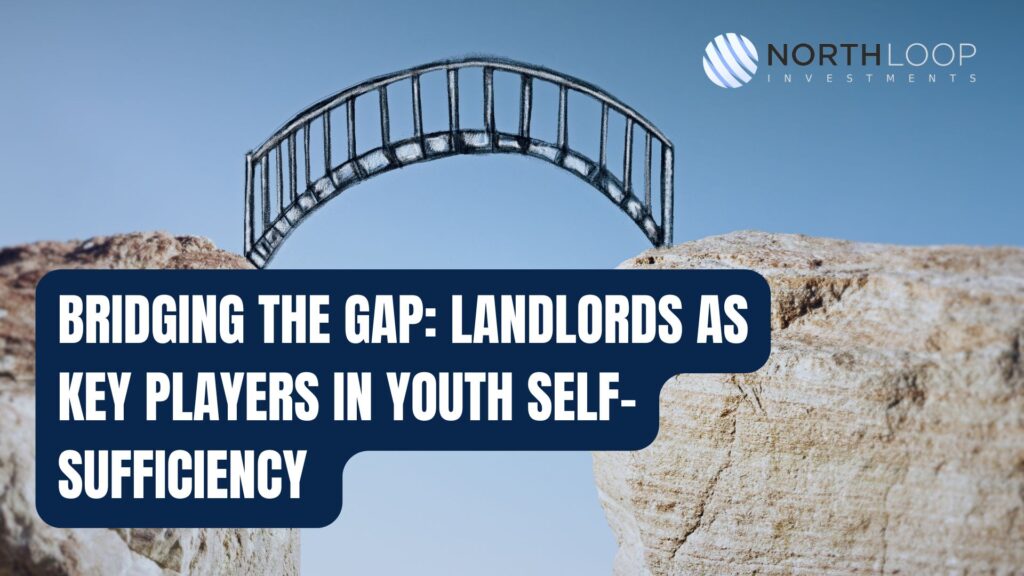The transition from foster care to independent adulthood is fraught with challenges, especially when it comes to securing stable housing. For young individuals aged 18-24, navigating this journey often means facing homelessness or the constant threat of it. Recognizing this critical need, the U.S. Department of Housing and Urban Development (HUD) launched the Foster Youth to Independence (FYI) initiative, a program designed to provide vital housing assistance. However, the success of FYI hinges on a crucial partnership: the collaboration of landlords.
Understanding the FYI Program:
FYI, a Housing Choice Voucher (HCV) program, empowers young people leaving foster care with rental assistance for up to 36 months, with potential extensions. This support is coupled with essential supportive services aimed at fostering self-sufficiency. However, the reality is that finding affordable and suitable housing remains a significant hurdle. This is where landlords step in, becoming the “glue” that holds the program together, providing the safe and stable environments these young individuals need.
The Power of Partnership:
Landlord participation in the broader HCV program, commonly known as Section 8, is crucial. By joining this program, landlords can play a direct role in empowering vulnerable youth. Here’s how:
- Providing Stability: Landlords offer a foundation of security, allowing young people to focus on their personal and professional development without the constant worry of housing insecurity.
- Facilitating Self-Sufficiency: A stable home provides the necessary platform for young people to access education, employment, and other resources vital to achieving independence.
- Contributing to Community Well-being: By participating in programs like FYI and HCV, landlords contribute to building stronger, more supportive communities.
How Landlords Can Get Involved:
The process of becoming a participating landlord is straightforward:
- Understand the HCV Program: Familiarize yourself with the basics of the HCV program, including how rental assistance payments work and the benefits for landlords.
- Contact Local Resources: Reach out to your local Public Housing Agency (PHA) and HUD office to learn more about the FYI initiative and the HCV program.
- Advertise Availability: Market your rental units to potential voucher recipients, indicating your willingness to participate in the program.
- Screen Applicants Fairly: Treat voucher recipients like any other applicant, conducting thorough screenings to ensure a good fit.
- Build a Relationship with the PHA: Maintain open communication with the PHA to address any questions or concerns that may arise.
Benefits for Landlords:
Participating in these programs offers several advantages for landlords:
- Stable Income: Regular and reliable rental payments, often with a portion guaranteed by the PHA.
- Long-Term Tenants: Voucher recipients often seek stable housing, leading to longer tenancy periods.
- Community Contribution: The satisfaction of knowing you’re making a positive impact on the lives of young people and your community.
A Call to Action:
The FYI program and the broader HCV initiative are more than just government programs; they are lifelines for vulnerable individuals. Landlords hold the key to unlocking the potential of these programs, providing the foundation for young people to build successful and fulfilling lives. By becoming partners in this effort, landlords can make a tangible difference, transforming lives and strengthening communities.
By reaching out to local HUD offices and PHAs and exploring the resources available, landlords can become integral parts of a system that empowers young people to achieve their dreams.

